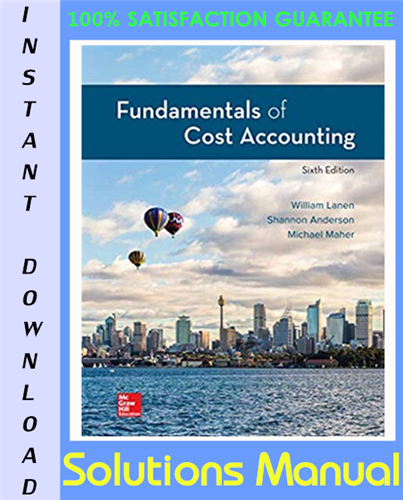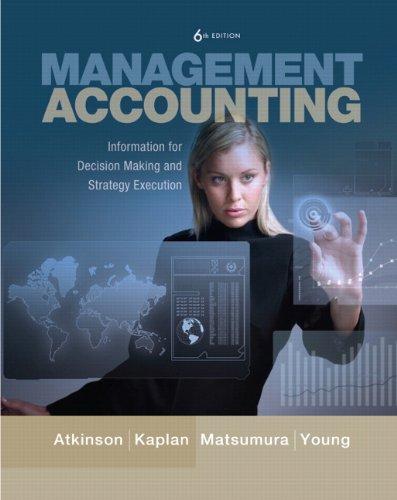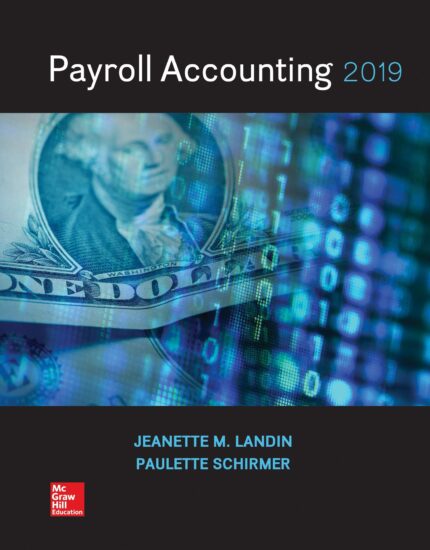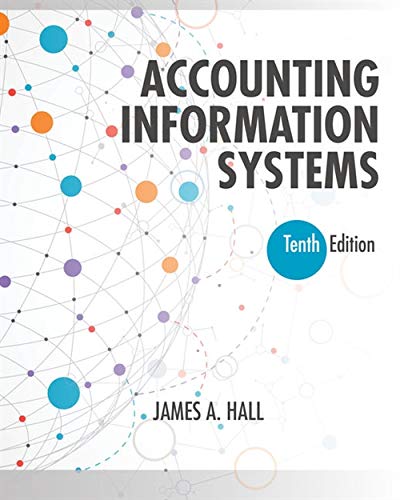Solution Manual for College Accounting 15th Edition by Price
Chapter 16 • Notes Payable and Notes Receivable
TEACHING OBJECTIVES
- Determine whether an instrument meets all the requirements of negotiability.
- Calculate the interest on a note.
- Determine the maturity date of a note.
- Record routine notes payable transactions.
- Record discounted notes payable transactions.
- Record routine notes receivable transactions.
- Compute the proceeds from a discounted note receivable, and record transactions related to discounting of notes receivable.
- Understand how to use bank drafts and trade acceptances and how to record transactions related to those instruments.
- Define the accounting terms new to the chapter.
SECTIONS
- Accounting for Notes Payable
- Accounting for Notes Receivable
______________________________________________________________________
CHAPTER OVERVIEW/ LEARNING OBJECTIVES
Learning Link: Chapter 15 discussed accounts receivable and the accounting adjustments needed for bad debts. In Chapter 16, students will learn how to account for notes receivable and notes payable, emphasizing the treatment of interest.
- This chapter describes how to determine whether an instrument meets all the requirements of negotiability. A negotiable instrument is a financial document that contains an order or promise to pay and meets all the requirements of the Uniform Commercial Code to be transferable to another party.
- The chapter explains how to calculate interest on a note using the formula: Interest = Principal x Interest Rate x Time.
- The chapter explains that the maturity date of a note is determined at the time the note is issued, excluding the issue date itself.
- The chapter explains the routing journal entries required regarding the issuance of a note payable to purchase an asset. The chapter also explains the journal entry required to record interest and pay off the note at maturity.
- The chapter describes the journal entries required when borrowing money from a bank using a note payable which has been discounted by the bank. The borrower discounting a note payable receives the difference between the discount (interest paid up front) and the principal.
- The second part of the chapter discusses journal entries required in notes receivable It explains how to record a note received for a sale of goods, how to record interest income on the note and how to deal with a defaulted note.
- The chapter explains the discounting of notes receivable. A firm with an immediate need for cash can discount a note receivable. Notes Receivable-Discounted represents a contingent liability. If the note’s maker defaults on the note, the business must pay the bank.
- The chapter explains how to use bank drafts and trade acceptances and how to record transactions related to those instruments. Bank drafts, commercial drafts, and trade acceptances are negotiable instruments used in business.
At the beginning of the chapter, there are a few short paragraphs about Bank of America . . . Let’s read these together. . .
Ask students -“If a small business needs to borrow money, what considerations does it need to think about before it borrows the money?”
Answer: One of the most important tasks in starting a business is pulling together enough money to launch and grow. A lack of adequate funding can lead to business failure as expenses outpace profits. Funds to start a business can come from several resources, including banks and investors who will lend money on a variety of terms. Before obtaining a business loan several things should be considered:
- Can you afford the monthly payment?
- If an emergency occurred, and you had less money per month than you thought, would you still be able to pay your loan every month?
- How long will your loan last?
- Will the business be making payments for 3 months or 10 years, etc.?
- The interest being charged on the loan is an important factor as well. Business owners should try to keep the interest rate as low as possible. Will the loan be discounted by the issuer?
If so, then this will actually mean that the business is paying a higher interest rate. Keep in mind that businesses may deduct the interest paid on loans from their federal income tax return and this is advantageous for start-ups that need to reinvest all profits back into the business. And lastly, a solid business credit profile is advantageous to start-ups because it builds credibility and the business’s ability to attract new creditors in the future. Borrowing money establishes business credit because the lender reports timely payments to credit bureaus that maintain a credit profile of the new business.













